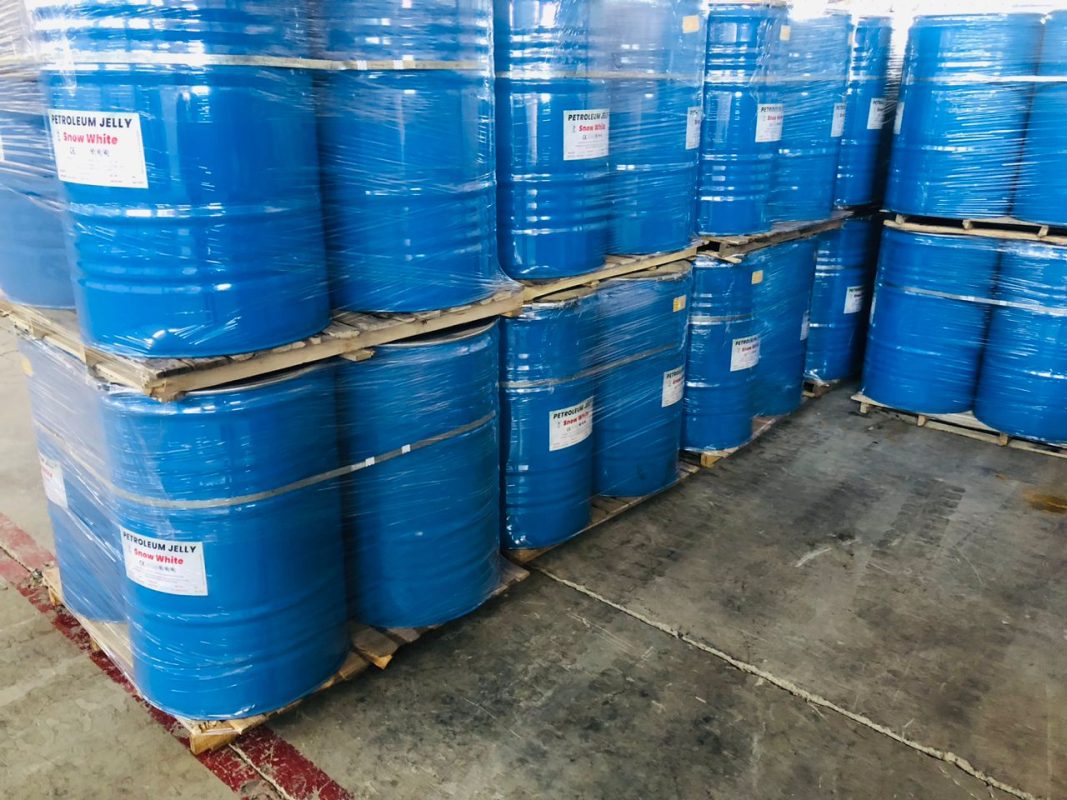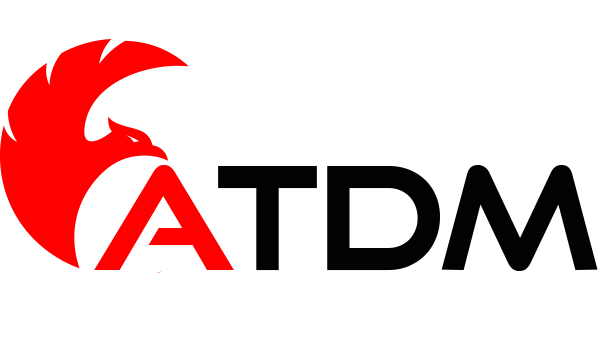
A Simple Product with Endless Uses
Petroleum jelly is one of those rare products that has stood the test of time.
For more than 150 years, people around the world have used it to heal, protect, and preserve.
It might look simple — a clear, oily substance in a jar — but petroleum jelly has countless practical uses in homes, hospitals, and even industries.
Table of Contents
ToggleLet’s explore why this humble jelly has become a daily essential across so many areas of life.
1. Healing and Protecting Skin
One of the most common uses for petroleum jelly is skin care.
It helps heal dry, cracked, or irritated skin by forming a protective layer that locks in moisture.
When your skin loses water, it becomes rough and sore. Petroleum jelly acts like a gentle barrier, sealing in the natural oils and giving your skin time to recover.
That’s why people often apply it on:
-
Cracked heels and elbows
-
Dry hands and lips
-
Rough patches on knees or feet
Quick tip: Apply it right after a shower to trap moisture and keep skin soft all day.
2. Helping Minor Wounds Heal Faster
Small cuts, burns, and scrapes heal better when they’re kept moist and clean.
Petroleum jelly helps by protecting wounds from bacteria and dust.
It doesn’t have any active healing agents — instead, it works by keeping the area hydrated, which prevents scabs from cracking or forming too thick.
This allows new skin to grow naturally underneath.
Just remember to clean the wound first, then apply a thin layer of petroleum jelly for best results.
3. Soothing Dry or Chapped Lips
Wind, cold air, and sun exposure can all lead to dry, cracked lips.
Petroleum jelly is one of the best ways to keep them hydrated.
It forms a light layer over the lips, locking in moisture and preventing further drying.
You can even use it as a base under lipstick to prevent color flaking.
4. Protecting Against Harsh Weather
During winter or windy seasons, petroleum jelly is a lifesaver.
Applying it on exposed areas like your nose, cheeks, or hands helps shield your skin from cold air and windburn.
Because it doesn’t absorb quickly, it stays on the surface longer, acting like a protective coating that keeps moisture inside and dryness out.
5. Preventing Diaper Rash in Babies
For babies, petroleum jelly is often recommended by pediatricians.
It prevents diaper rash by forming a barrier between the skin and moisture.
Since it’s fragrance-free and non-toxic, it’s gentle enough for newborns.
Regular use can keep your baby’s skin smooth, soft, and irritation-free.
6. Reducing Friction and Chafing
Athletes and runners often experience chafing — that uncomfortable rubbing of skin during movement.
A small amount of petroleum jelly can prevent this problem.
By reducing friction, it helps avoid redness, soreness, and rashes in areas like thighs, underarms, and shoulders.
It’s simple, safe, and works instantly.
7. Maintaining Healthy Hair and Scalp
Petroleum jelly can also help care for your hair and scalp.
When applied in tiny amounts, it:
-
Reduces split ends
-
Tames flyaway hairs
-
Adds shine
-
Soothes dry scalp and dandruff
However, it’s important to use it sparingly — a little goes a long way.
8. Helping New Tattoos Heal
After getting a tattoo, the skin becomes sensitive and prone to infection.
Petroleum jelly helps by locking in moisture and keeping the tattooed area soft.
It also protects the ink from fading while the skin heals naturally.
That’s why most tattoo artists recommend it during the early healing stage.
9. Restoring Leather and Polished Surfaces
Beyond personal care, petroleum jelly is also useful for household maintenance.
It can restore shine to leather shoes, bags, and belts.
It even helps prevent cracking and stiffness in old leather items.
To use it, simply apply a small amount, rub it gently, and wipe with a clean cloth.
You’ll be amazed at how quickly it brings back the natural shine.
10. Protecting and Lubricating Tools
In workshops and garages, petroleum jelly works as a rust-preventive lubricant.
Applying a thin layer on tools, bolts, or bicycle parts helps keep moisture away and prevents corrosion.
It also works great for loosening stuck parts, such as zippers or screws.
11. Industrial Uses for Petroleum Jelly
Petroleum jelly isn’t just for home use — it’s also a valuable industrial material.
It’s used in:
-
Cable manufacturing (as filling compounds and insulation)
-
Rubber production (for flexibility and shine)
-
Pharmaceuticals (as an ointment base)
-
Cosmetics (as a moisturizer or stabilizer)
Because it’s non-toxic, stable, and affordable, it’s a favorite ingredient across many industries.
Why Petroleum Jelly Works So Well
Petroleum jelly is so effective because it’s hydrophobic — meaning it doesn’t mix with water.
This allows it to seal in moisture without clogging pores.
It’s also chemically stable, so it doesn’t break down easily under heat, light, or air.
That’s why it’s safe for use on delicate skin and in manufacturing processes that require long-lasting protection.
ATDM – A Trusted Supplier of High-Quality Petroleum Jelly
For businesses that rely on consistent, high-quality petroleum jelly, ATDM is a trusted global name.
ATDM provides refined and high-purity petroleum jelly suitable for cosmetic, pharmaceutical, and industrial use.
Their jelly meets international quality standards, ensuring smooth texture, perfect consistency, and stable performance.
With years of experience in the petroleum and wax industry, ATDM continues to support manufacturers worldwide with reliable, safe, and high-grade products.
Final Thoughts
Petroleum jelly might look simple, but it’s one of the most useful substances ever created.
It helps heal, protect, and maintain, both in daily life and industrial work.
Whether you’re softening skin, shining shoes, or protecting cables, petroleum jelly proves its value everywhere.
And with trusted suppliers like ATDM, you can always rely on quality you can see and feel.

